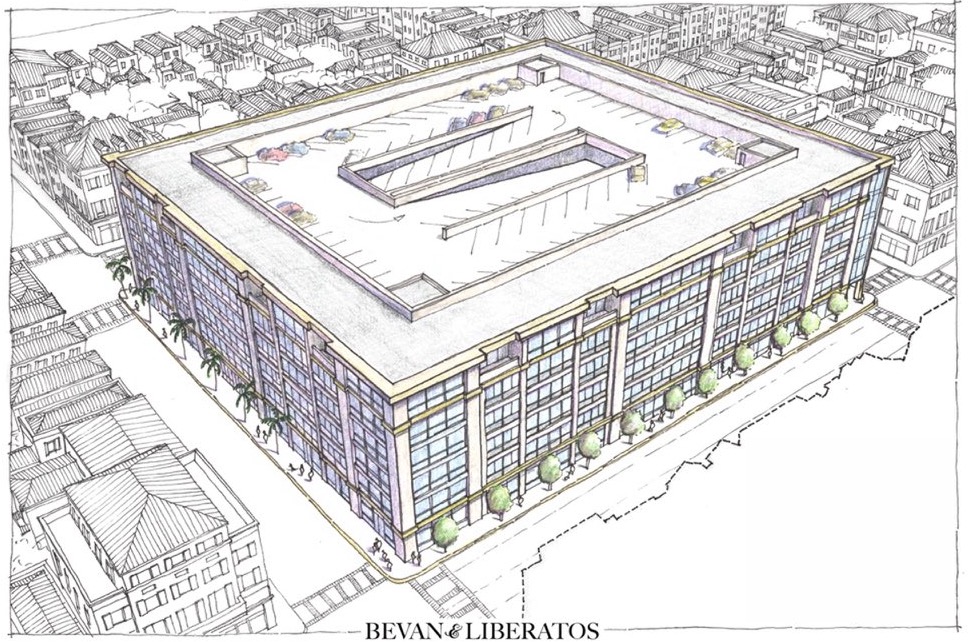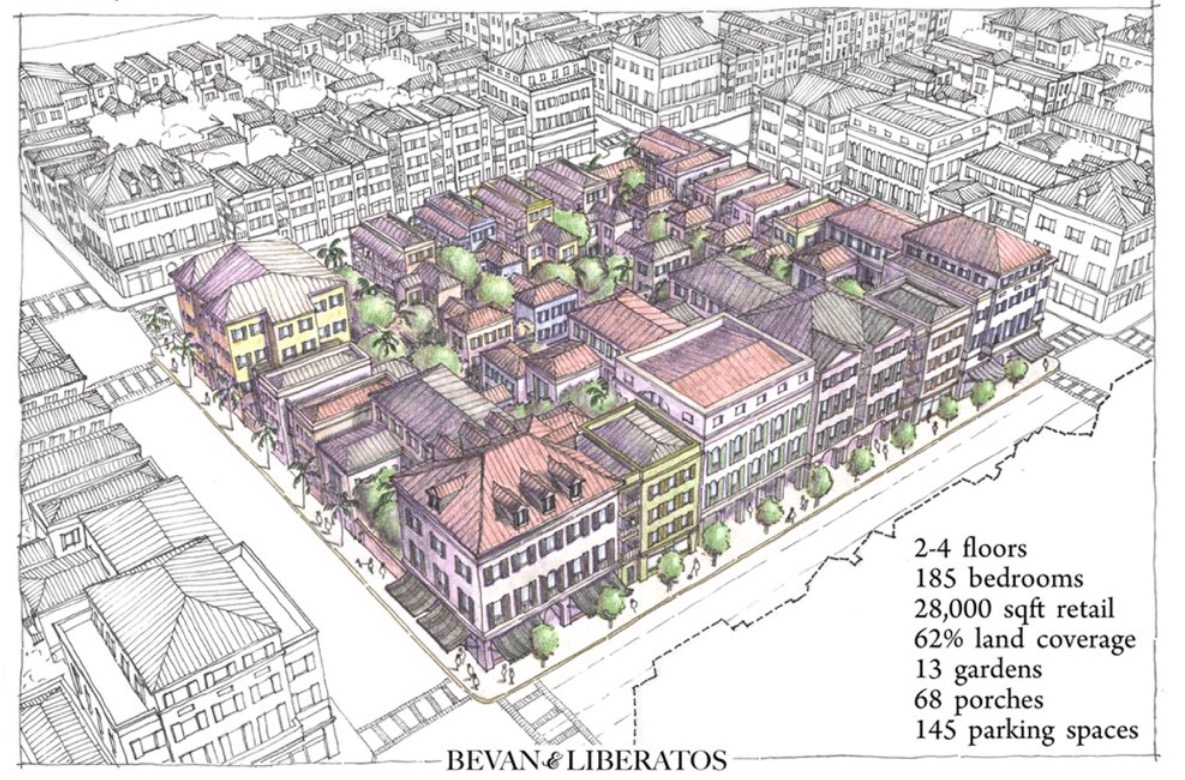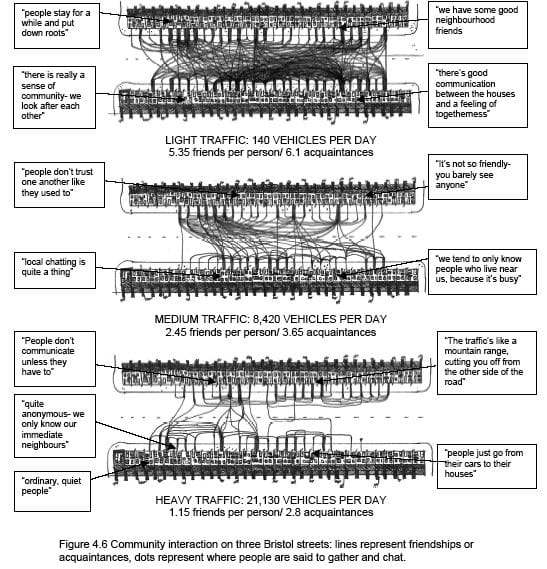👋, I’m Josh.
This website serves as scratch pad for my ideas and words.
I value coherence, meaningfulness, compassion, and kindness.
Overall, I care a lot about “cities”, the built urban form, transportation networks, and how issues of ethics play out in these domains. 😬
America is full of this:

I desire to nudge the ecosytem towards producing more of this:

Pretty much all forms of human flourishing go up, and many forms of human suffering become less, when the landscape looks more like the former, above.
Additionally, consider not just a block or a store-front, but what would be directly opposite that block:

The cost per square meter and value per square meter of these two competing visions are quite different.